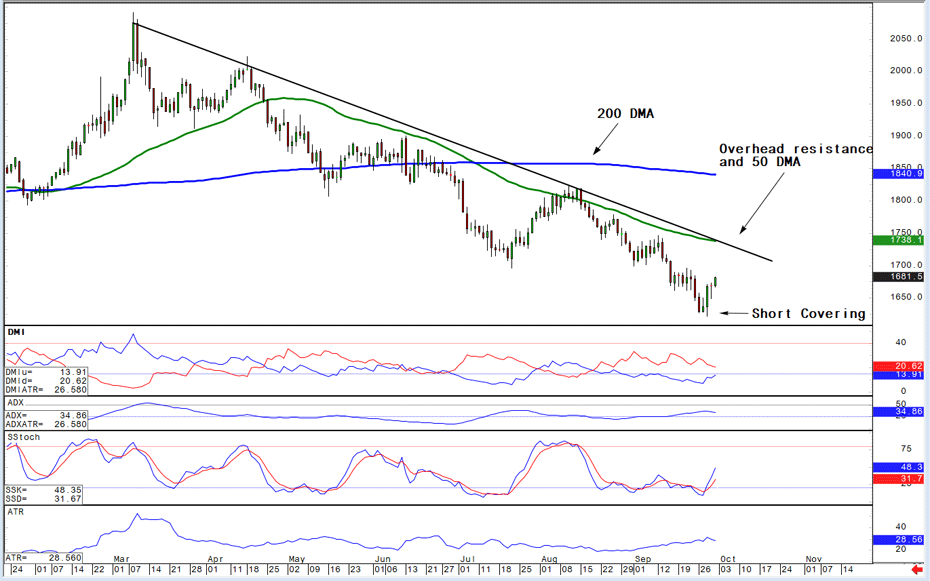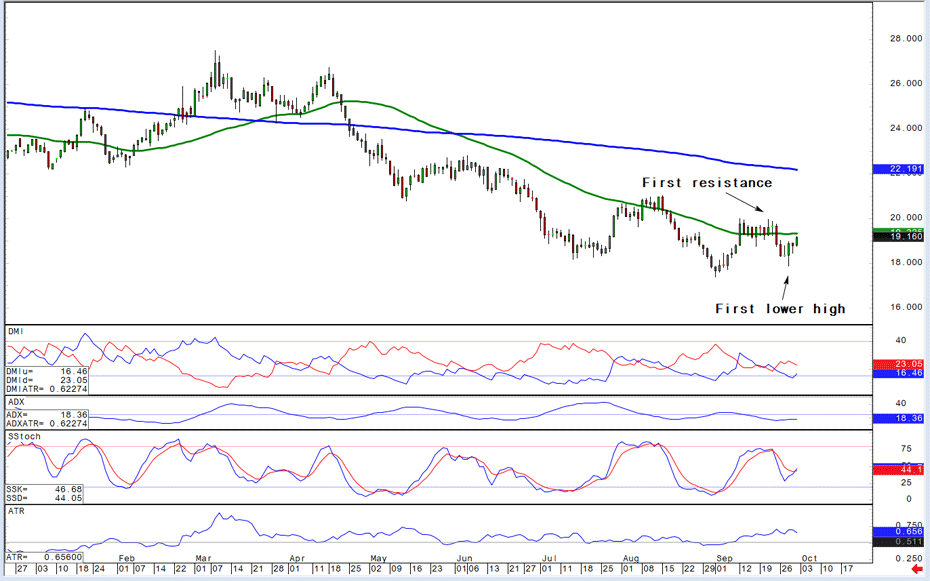
Gold gains on short covering, bargain buying, pullback in USDX
Gold prices are higher in midday U.S. trading Tuesday, on short covering in the futures market and some bargain hunting and/or safe-haven demand in the cash market. A weaker U.S. dollar index and pullback in U.S. Treasury yields on this day is also working in favor of the metals market bulls.
December gold was last up $9.70 at $1,684.70 and December silver was down $0.10 at $19.52.
U.S. stock indexes are mixed at midday. Dour comments Monday on the global economic/political outlook from the respected chief of JP Morgan, Jamie Dimon, as well as an escalation in the Russia-Ukraine war, are keeping a “risk-off” trader and investor mentality in the general marketplace.
The U.K. government bond market is still roiled, as the Bank of England was forced to stepped in to buy inflation-linked bonds to its bond-buying program. There are worries U.K. pension funds could be lost in any more serious U.K. bond market rout.
The key outside markets today see the U.S. dollar index weaker on a corrective pullback from recent strong gains. Nymex crude oil prices are lower and trading around $89.25 a barrel. The U.S. Treasury 10-year note yield is presently fetching around 3.9%.
Traders are looking ahead to key U.S. inflation reports on Wednesday and Thursday mornings. The producer price index report for September is out Wednesday and the consumer price index report for September is out Thursday. The consumer price index is expected to come in at up 8.1%, year-on-year, following a rise of 8.3% in August.

Technically, the gold futures bears still have the solid overall near-term technical advantage. Bulls’ next upside price objective is to produce a close above solid resistance at the October high of $1,738.70. Bears' next near-term downside price objective is pushing futures prices below solid technical support at the September low of $1,622.20. First resistance is seen at $1,700.00 and then at this week’s high of $1,707.40. First support is seen at today’s low of $1,667.50 and then at $1,650.00. Wyckoff's Market Rating: 2.5.
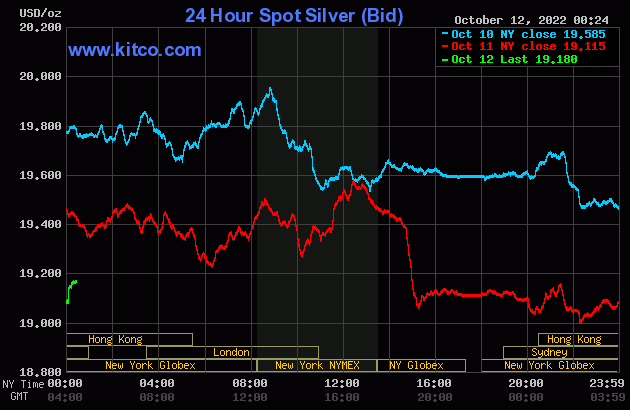
The silver bears have the overall near-term technical advantage. Silver bulls' next upside price objective is closing prices above solid technical resistance at the October high of $21.31. The next downside price objective for the bears is closing prices below solid support at $18.00. First resistance is seen at $20.00 and then at this week’s high of $20.21. Next support is seen at today’s low of $19.225 and then at $19.00. Wyckoff's Market Rating: 3.5.
December N.Y. copper closed up 215 points at 345.20 cents today. Prices closed nearer the session high today. The copper bears have the overall near-term technical advantage. Copper bulls' next upside price objective is pushing and closing prices above solid technical resistance at the September high of 369.25 cents. The next downside price objective for the bears is closing prices below solid technical support at the July low of 315.55 cents. First resistance is seen at 350.00 cents and then at the September high of 359.30 cents. First support is seen at last week’s low of 335.20 cents and then at the September low of 324.30 cents. Wyckoff's Market Rating: 3.0.
By Jim Wyckoff
For Kitco News
Time to buy Gold and Silver on the dips
Tim Moseley


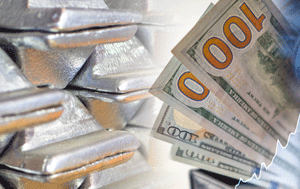 The short-squeeze won't last, silver price to end the year lower warns Metals Focus
The short-squeeze won't last, silver price to end the year lower warns Metals Focus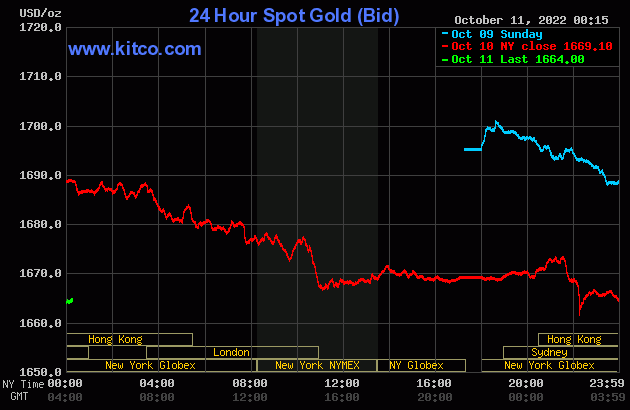
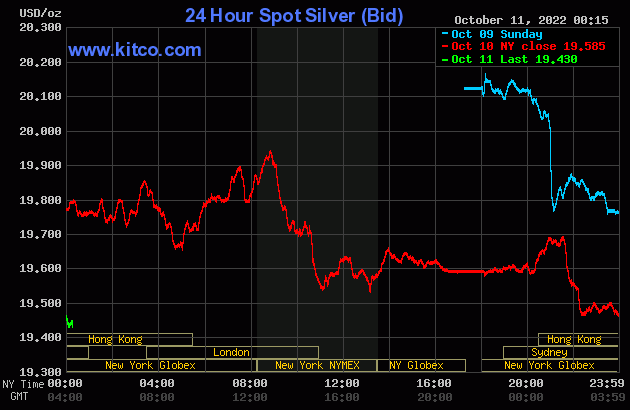

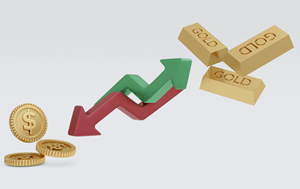 There is a growing divergence between physical gold and the paper market – WisdomTree
There is a growing divergence between physical gold and the paper market – WisdomTree
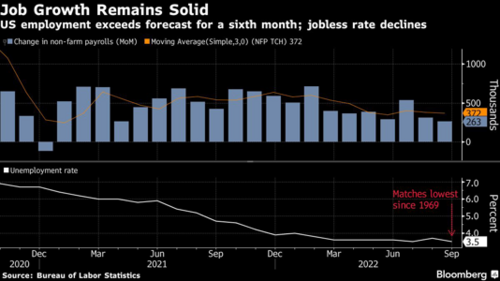
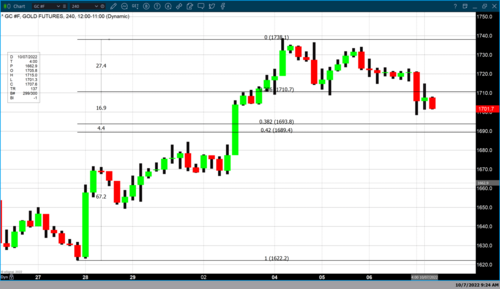

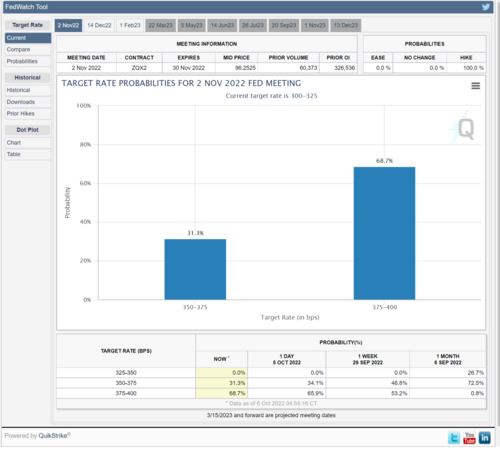

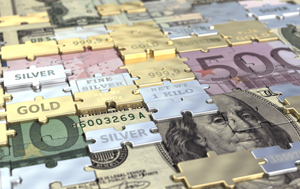 With so many gold and silver bears, it doesn't take much to trigger a short squeeze
With so many gold and silver bears, it doesn't take much to trigger a short squeeze.gif)
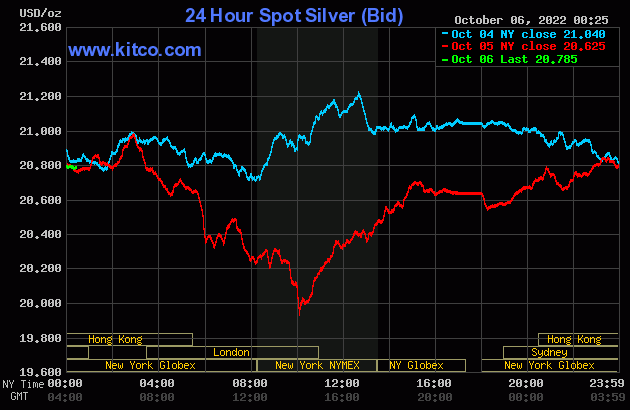



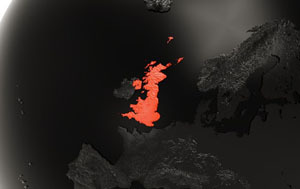 UK's market chaos, contagion risk: what it all means for gold price
UK's market chaos, contagion risk: what it all means for gold price
.gif)
.gif)
